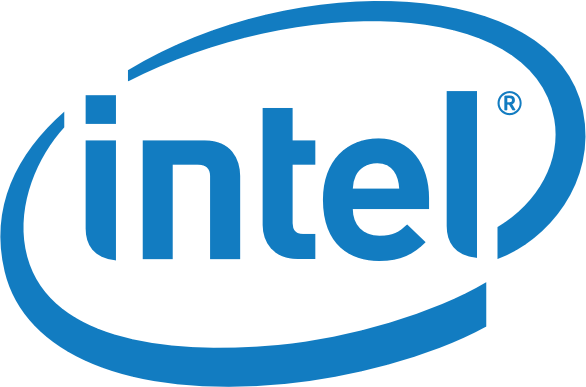A clear piece of evidence that BTO systems are custom assembled and not bulk manufactured and stored in a warehouse (lol) was the 27 inch iMac. Depending on your config it would either come from China or Ireland. The Ireland iMacs were almost always the relatively rarer VESA/i9/etc varieties.
View attachment 2348703
iMacs, especially the larger models, certainly were CTOs in the classic sense - the 27" iMac had thousands of configurations, and at least three modular internal parts that could be interchanged when the machine was 80% complete (CPU, RAM, storage). I believe some models also had the GPU on a daughterboard. I don't know whether the gigabit vs. 10 Gb Ethernet choice in the last generation was a daughterboard, or whether that was two different motherboards?
That's exactly like the classic Dell desktop CTO model (or what every smaller system builder like Puget Systems does). There are a bunch of interchangeable parts, order one from each menu (or maybe several, in the case of RAM or multiple drives/GPUs). Then somebody snaps them together... Sometimes it's three or four parts like an iMac, sometimes it's more like a traditional Mac Pro with six or seven parts, but there are a bunch of parts that go into a barebones chassis.
What makes the current crop of Macs different is that they are almost all single-board with no modular components. There is one part that makes a $2499 base 16" MBP different from a $7199 fully upgraded model. One logic board has a M3 Pro, 18GB of RAM and 512 GB of storage, while the other has a 16/40 M3 Max, 128 GB of RAM and 8 TM of storage, but every one of those things is fully integrated on the logic board. Every other part is the same. I had forgotten about the keyboards, because so many of them are US or International English, but that DOES introduce another set of variations.
While there's a chance for a refreshed M3, I think it's very unlikely. The iPad Pro and MacBook Air coming next month will be using M3 already.
N3E differs from N3B significantly. This means Apple will need to redesign the chip with a different cache to logic ratio in mind (due to N3E's lower SRAM density) and adjust frequency. M3 is also missing Thunderbolt 5 among other features. All of this means there's unlikely to be a reheated M3. It makes more sense to launch a M4 in late 2024 or 2025.
All of the above applies to iPhone 16. The A17 Pro is a massive chip with a USB3 controller, Pro display engine, and too many GPU cores. It doesn't make sense to cut down on those features and reuse old P- and E-cores. That is effectively a new chip design. That's why current rumors indicate iPhone 16 will use A18 and not A17 Lite
Your thought is that there will be an A18 and an A18 Pro? More on the concept of M3, M3 Pro, M3 Max than the current trend of using the previous year's chip in the non-pro model. If that's the case (and it makes sense), I'd see an M3 remake on N3E as quite unlikely.
They'd go M4 as soon as possible (and including the Airs, not wanting the cheaper computers on N3B with lower yields for any longer than they had to) after the iPhone. I'd be absolutely shocked to see a "base M4 surprise" BEFORE the iPhone (e.g. the Airs that about to come out having a processor tagged "M4") - the rule that anything they count as a generation starts with the iPhone seems inviolable. I could see these upcoming Airs being replaced very quickly, like they did with the M2 Pro/Max. A March release of the M3 Airs, followed by an October/November release of the N3E M4 Airs seems at least possible.
This idea of two iPhone chips (that are designed as different models, rather than being a year apart) has an interesting effect on the iPad line. Right now, Apple has an iPad problem. They're trying to release the iPad Pro and iPad Air simultaneously. Giving both the M3 is tricky - sure, they can put a fancy OLED screen on the Pro, and maybe that's enough. Unless they can somehow cram the M3 PRO into the iPad Pro (really unlikely - people are saying that it won't even fit in the 15" MacBook Air as an upgrade chip possibility), they don't have a good way to differentiate the two on a performance basis.
If they stuck the A17 Pro into the iPad Air, leaving the M3 as iPad Pro only, they move the problem down the line. They don't have a good chip for the base iPad and the Mini (they either have to use the A16, which will be almost two years old when they update the base iPads, or they have to use the same chip that went in the iPad Air only 5 months earlier).
Having two same-year phone chips gives them a better selection of iPad chips (maybe not this generation but going forward). The iPad Pro gets the base M-series chip (the Vision Pro probably does as well), the iPad Air gets the chip from the Pro phones, and the base iPad and the Mini get the chip from the non-Pro phones. Each gets the current version of that chip at the time of their release.


